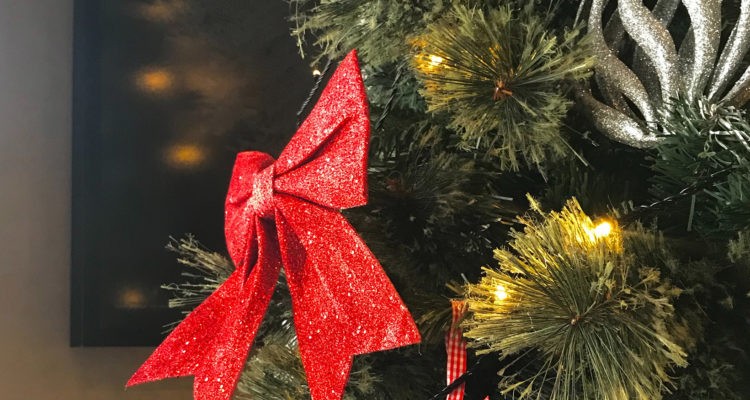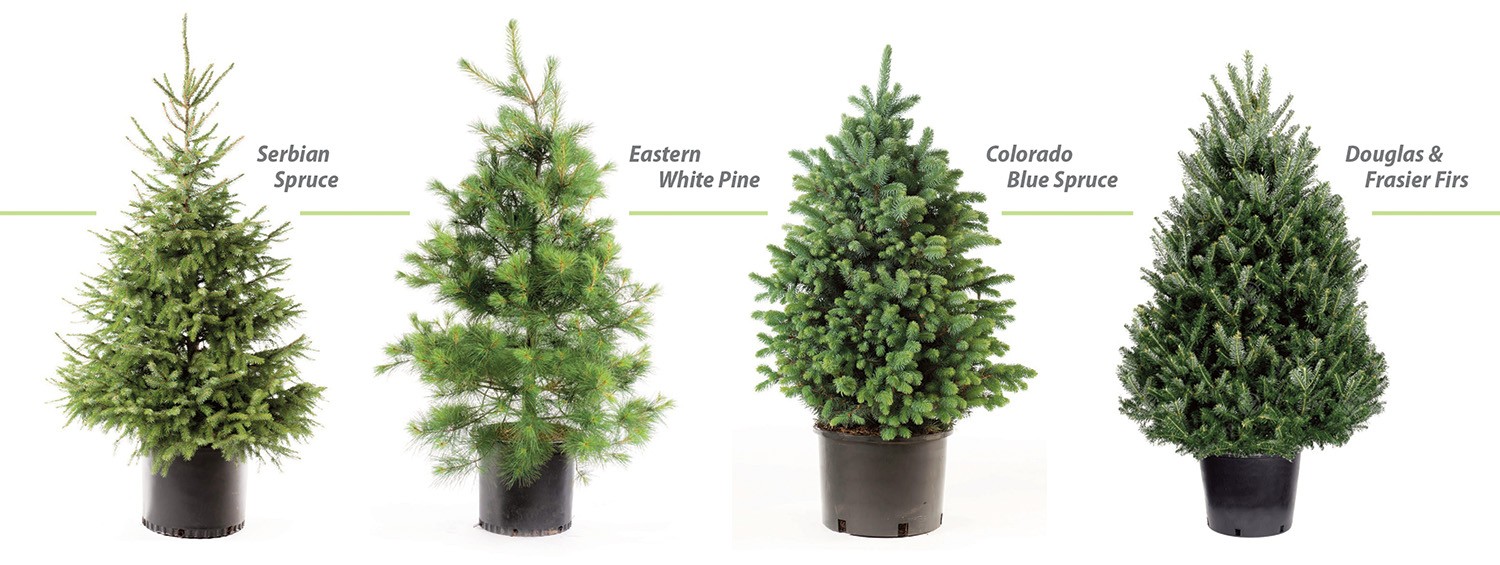Instead of buying a cut tree or dragging that old artificial one out of storage, why not celebrate the season with a tree that is grown right in your own backyard?
Story by Ann Butenas
Someone once quipped, “There’s no experience like cutting down your own Christmas tree right out of your neighbor’s yard!” Well, as fun as that might sound, wouldn’t it be far more rewarding to grow your own conifer? While the time to enjoy such a success has passed for this year, you can set your sights on the coming years to celebrate such a harvest, as long as you are willing to invest the time and fortitude it takes to reap the rewards.
A freshly-cut Christmas tree brings to mind all of the wonder of the holidays as you celebrate the stars, snow, and delights of Winter. The Christmas tree has long been heralded as a symbol of love, and there exists almost a certain glory and magic to it through its beautiful decorations and dancing lights.
But before you grab your shovel and search for that perfect spot in the backyard to plant your new sapling, Michael “Mic” Mills, Farm Manager at Rosehill Gardens, offered a few tips, insights and suggestions to ensure you grow the ideal tree to meet your needs.
While there are no Christmas trees indigenous to the Midwest, there are some that work well within this environment and climate that you can plant and cultivate to become the tree of your dreams. Most can be planted without issue, provided you have a good planting site that receives appreciable sun and consists of well-drained soil.
Serbian Spruce
This particular tree is known for its small, blue needles on its edges coupled with a green inside. It realizes fairly dense growth and can reach heights of up to 50 feet and a width of up to 20 feet.
“If you were to plant one, don’t expect it to gain much height in its first year,” cautioned Mills. “It will just become denser in that first year, but then after that, expect a six to eight-inch growth each year thereafter.”
With its copious and smaller branches, the Serbian Spruce is the perfect tree upon which to hang many ornaments.
Eastern White Pine
Recognized as the fastest-growing evergreen tree in the Midwest, the Eastern White Pine presents as a full tree with a soft edge to it. Its green needles extend to about four to six inches in length, and overall the tree presents as airy and light. Once it has been established, about a year after planting, expect about one-and-a-half feet of growth per year.
“This is the ideal Christmas tree,” indicated Mills. “It does not have as much branching as on a Serbian and is the best option based on its rate of growth.”
Colorado Blue Spruce
According to Mills, this type of tree is usually used in landscapes and is slightly bluer in color than a Serbian Spruce, some almost providing a hint of neon blue to the overall aesthetic.
“These trees come in a spectrum of colors, with some bluer and some greener, so you can pick the shade you want,” said Mills.
While the first year after planting will not produce significant growth, Mills indicated you should expect to see six to eight inches per year in growth each subsequent year until maturity.
Douglas and Frasier Firs
These trees are the most commonly used Christmas trees. They can be planted in this climate but they are not as tough as the aforementioned trees. With humidity as its enemy, these firs can become dense and appear thinner overall. After a year, expect one to one-and-a half feet of growth at times.
How to Plant Your Christmas Tree
 After finding the ideal spot in your yard that receives copious amounts of sunshine, Mills suggested planting the tree you select three inches above the grade and then surrounding it with a mulch base.
After finding the ideal spot in your yard that receives copious amounts of sunshine, Mills suggested planting the tree you select three inches above the grade and then surrounding it with a mulch base.
“We have fairly clay soil, but you will need to get some fresh soil – a couple of bags – and mix it into the existing soil, ideally planting the tree in March or April or later in October.”
Planting a tree in the dead of Winter can create too much stress upon the tree. It is best to plant one during the time of year it will get some rain and when it is not too hot. For best results, the tree should receive about an inch of water a week.
As with any tree planted in anticipation of one day standing in your living room as the star of the holiday season, Mills stated one universal tool needed to grow your perfect Christmas tree: patience.
“You are making an investment,” he said. “You have to be patient, as it will take time to grow and mature, especially since most people want a tree that is six to eight feet tall, and others, even ten feet tall. If you have the right yard and let it grow and are willing to invest the time, you should be successful.”







